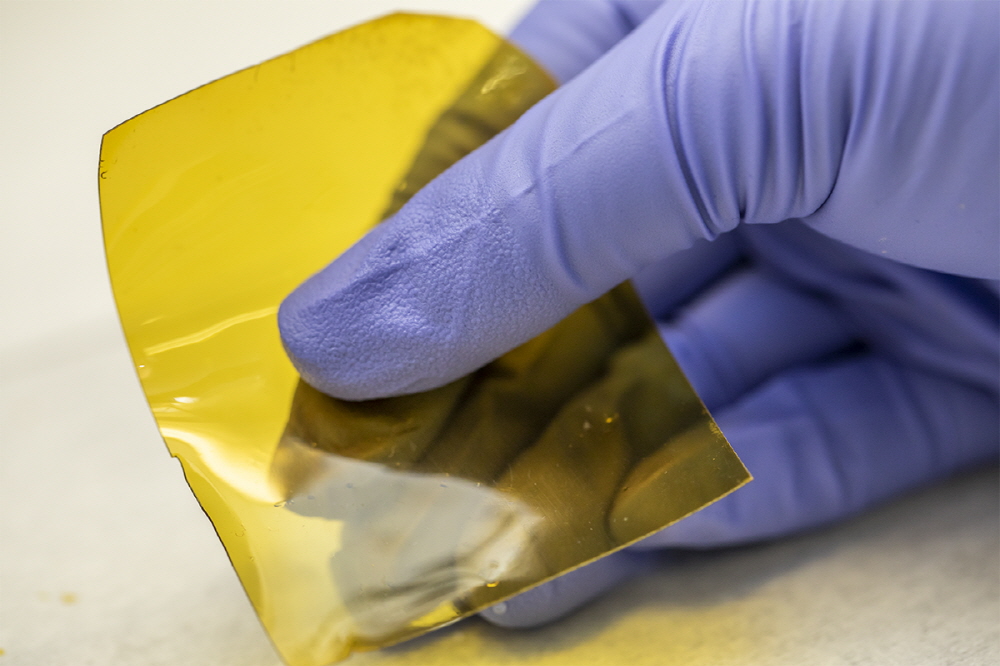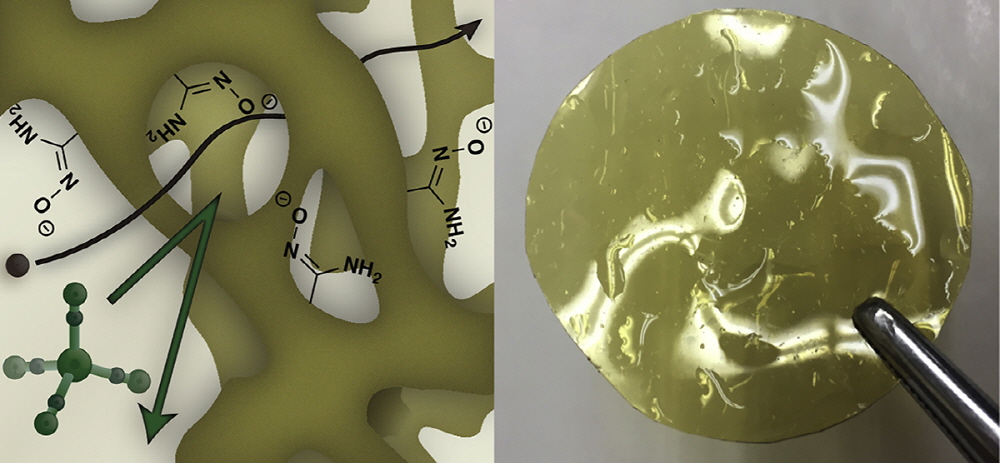
Lawrence Berkeley National Laboratory in the United States has developed a material for reducing battery cost for energy storage.
Switching from fossil fuels to renewable energy is an important means of controlling carbon dioxide emissions and protecting the environment. However, for a stable supply, it is necessary to find a way to store energy when the wind is calm or at night. Currently, research is focused on storage battery research called flow batteries as a means to store power more efficiently than batteries.

The flow battery is said to be capable of realizing more than 10,000 charge/discharge cycles, almost no electrode and electrolyte degradation, and a lifespan of almost 10 to 20 years. In addition, since it does not use materials such as fire, it has the advantage of high safety and flexible design.
The research institute has developed a material with a long lifespan and low cost to replace the expensive material used in the ion exchange membrane that separates the cathode and anode of early flow batteries. This material is capable of responding to the chemical properties of various batteries made of a porous moisture polymer called AquaPIM, and is said to be 15-20% of the cost of batteries that are widely used today. Since it is considerably cheaper than a fluorinated polymer material, the flow battery system adopting it is attracting expectations as a battery for power system that stores renewable energy. Related information can be found here .


















Add comment